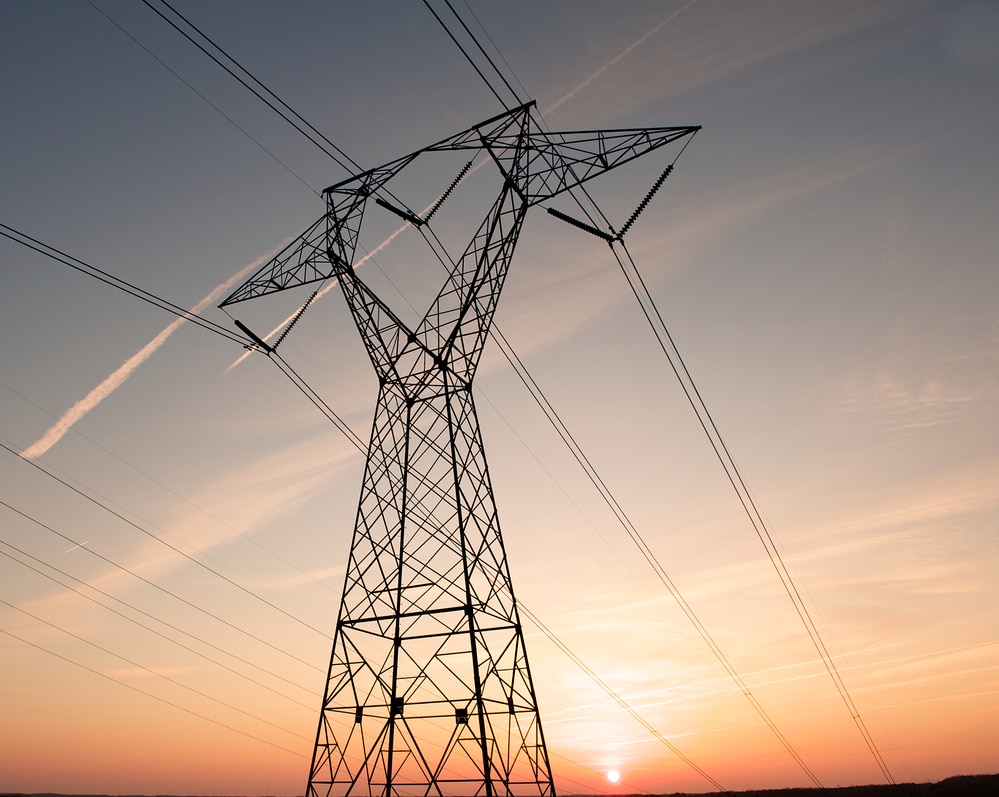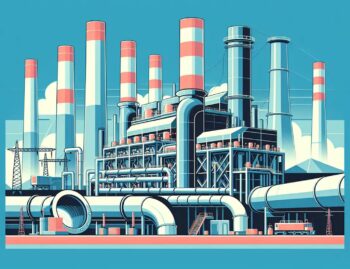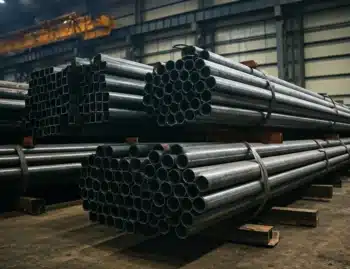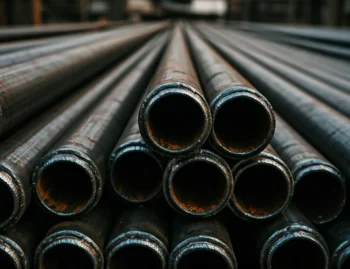
In the 1800s, the United States began a revolution on the framework of the country. Bridges, buildings, piping, and transportation all became privy to the innovations of steel.
This durable material is now considered one of the most in-demand supplies for civil engineers because of its dependable quality and versatility. It is also considered one of the most environmentally sound and economical options for long-term equipment like transmission poles and towers.
Steel Is Widely Used in Power Generation and Transmission
One of the newer ways that steel has paved the way is in the industry of power generation and transmission. Slowly the world is adapting from fossil fuels to renewable energy and steel is a non-toxic, low waste, and recyclable material that helps make that change easier.
We all rely on the durability of steel for the energy transmission that provides us with cellular networks and the electricity necessary for much of our modern lives and daily comforts. Transmission towers, poles, and substations are often created with steel components due to their track record of reliability.
Uses in Substations
Electricity must pass through a substation before reaching your home or business. Substations transform voltage from low to high and vice versa depending on what is necessary for proper power transmission.
Steel is used in a lot of the switchyard equipment because of its ability to handle immense weight and resist wind, ice, fire, and short circuit forces without hindering the functionality of the electrical equipment.
Uses in Poles and Towers
Utility poles have often been made from wood, but as the reliability of steel becomes more well known, many poles are being switched to more advanced designs made from steel. Steel poles can help decrease the risk of damage that traditional wooden poles are subject to, such as extreme weather, animal aggression, insects, rot, wind, and UV damage.
This same reasoning applies to why most transmission towers are made from steel. Not only is it long-lasting, but it’s easier to manufacture and quicker to install.
Uses in Conduction
Thermal conductivity is the rate at which thermal energy, known as heat, can be carried throughout a material. It is one of the most important things to keep in mind when creating electrical energy structures. The proper material choice will ensure the electricity moves smoothly for long distances and withstands exterior forces.
Steel is a metal with one of the lowest rates of thermal conductivity, which makes it ideal to use in a variety of industries that involve immense heat. For this reason, steel is often used in transportation and electrical industries, which both have frequent contact with high temperatures.
Steel is an impressive metal with a broad range of uses in the power infrastructure across the country. It holds its original form and quality remarkably well under harsh environmental stress and can be safely subjected to intense heat. The steel industry may have its roots in early America, but its value is only increasing in modern infrastructure.











